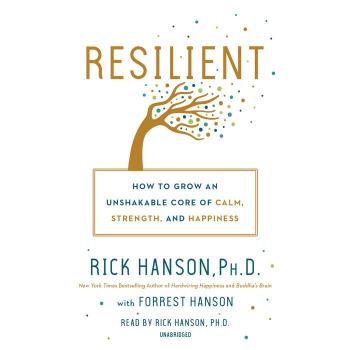How Did They Do It by Charles S. Kelley Jr.
How Did They Do It by Charles S. Kelley Jr. is a Christian book review on the story of the Southern Baptists, in which he shares how Southern Baptists used evangelism effectively to grow their denomination.
This book was more helpful to me than I had expected. The author took great lengths to explain the history of evangelism in the Southern Baptist Convention (SBC). His description of the way evangelism has been done in the SBC in the twentieth century was very revealing. I had not known that there were a core group of evangelists who could be called upon for use in the churches. Perhaps it is time to revisit the need for a core group of national evangelists. It seems that there are far to many itinerant evangelists without any tie to the SBC. There is a national group of evangelists. Yet, their influence in the SBC is not as strong as it once was.
He was very prescient in his thoughts about the future of evangelism in a digital culture (168). His concerns mirror the concerns of many leaders in the Southern Baptist Convention. Statistics bear this out. If the SBC is not willing to “adopt some orphans” (167), or use different methods to reach the next generation, they will find themselves building record albums in a CD world. The author is very correct in this assessment. I would update the metaphor to building CDs in a MP3 world.
Having been a Southwestern graduate, I found the historical connection with evangelism training familiar (73). The author shared a rich history of people who helped in evangelism training. I also found the different definition of evangelism (proactive, reactive, and passive evangelism) very relevant (75-76). I would ask if the drop in baptisms in the SBC is due to a more passive approach versus a proactive approach. I agree with the author about the consequence of a conversion-driven theology (163). Our problem is not conversion, but follow-up and discipleship.
The hermeneutical foundation for the book was stated by the author himself, as the Great Commission Hermeneutic (119). This book is about evangelism and its usage by the SBC. The author spent considerable ink describing the Biblical role of redemption in the Old and New Testaments. The author contends (in a text that looks like excellent sermon material) the moral responsibility of the church is to reach the lost. (132-143). The author suggests that the SBC philosophy of evangelism is based on the role of Jesus as an evangelist. While Jesus spent time in personal evangelism, His greatest work was the atonement (145). Despite the controversy of the “conservative resurgence” in SBC life, evangelism and missions has remained a priority (128). The fact that the SBC is presently engaged in a national campaign of evangelism called GPS: God’s Plan for Sharing, and that it is looking into ways for a “Great Commission Resurgence” seems to show that the SBC knows it need to return to its roots for success.
While I agree that revivalism had a function in the past, I tend to think that revivalism as an evangelism strategy is on its way out. The primary reason is the fact that evangelists are a dying breed. Not only are there fewer younger evangelists, but they are not being used in the churches. This leads me to question another form of evangelism and its effectiveness – mass evangelism. I enjoyed learning how that form was used (34) as a tool for the association. However, I would ask: “Is the simultaneous method still of any use today?” Even the author admits that the simultaneous method of evangelism would not work in a pluralistic society like today (38).
The author spent time describing various efforts in evangelism training and admitted that people will come to the training, but they won’t go out for the visits (78). Then he addresses the fact that people are now more protective of their time (81) and suggested a one-day workshop on “Soul-Winning”. He makes the statement that the shorter the training process, the less impact the results will have. However, he previously admitted that people will come to a long training period but not go out to the visits (78). It seems like a vicious cycle for the church. Apparently, the reason that churches have become less effective has more to do with the fear of witnessing and the resistance of the culture. There may not be a direct correlation to training time and witnessing effectiveness.
The author also has an obvious bias in favor of Sunday School in the case of small groups. “No SBC church to date has achieved Cho’s success” (95). Yet, no SBC church is as large as Cho’s church either. However, the author is correct in suggesting that churches who grew up on Sunday School will see home cell groups or other forms of small groups as competition (95).
Overall, I found this book to be an excellent historical account of the evangelistic efforts of the SBC. It was unique in that it addressed the evangelistic techniques of an entire denomination rather than just individual churches. The book (which needs an update) provides good context for the work of evangelism in which SBC churches should consider. It provide all the answers, but it does provide the correct hermeneutical foundation from which the answers should come.

















